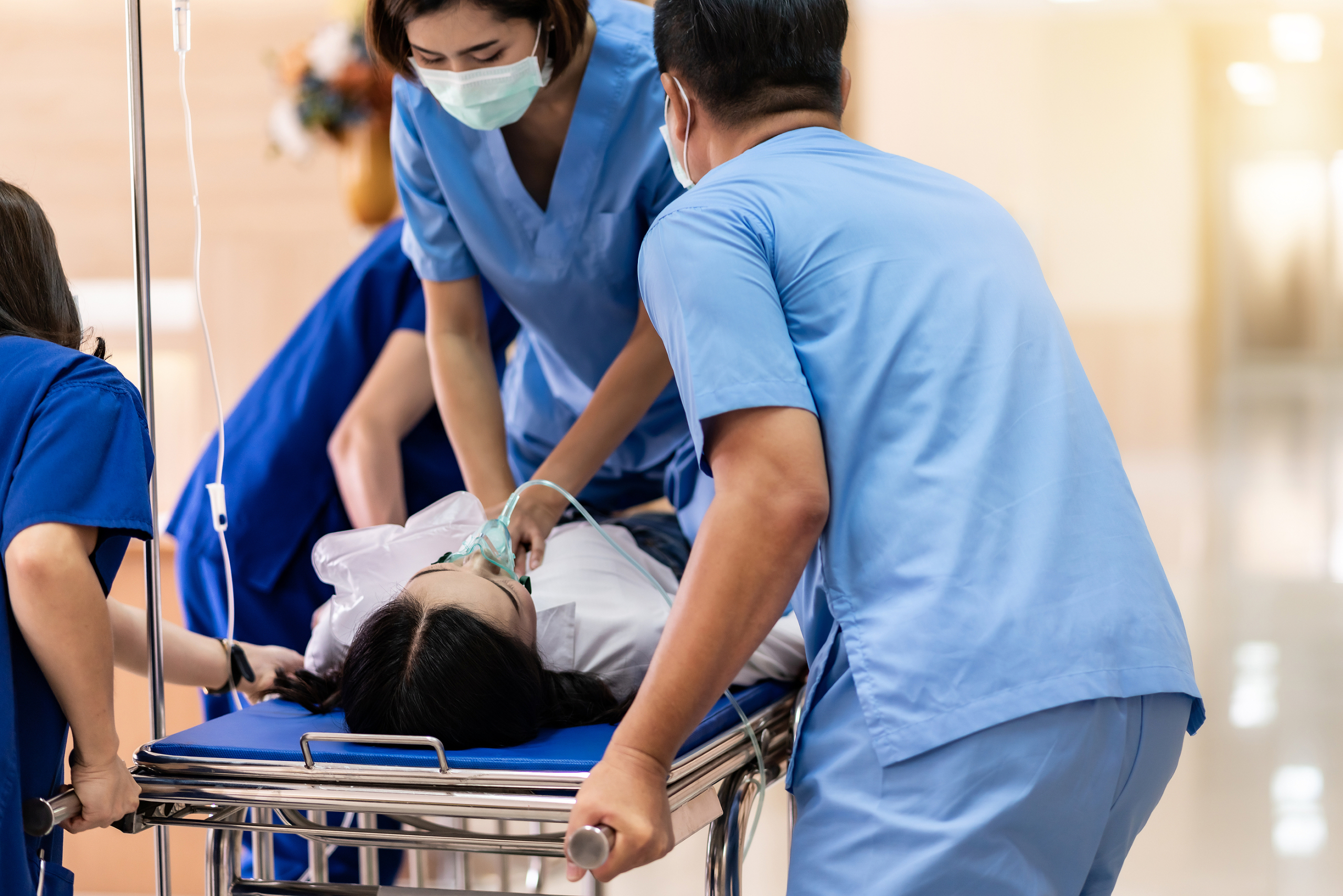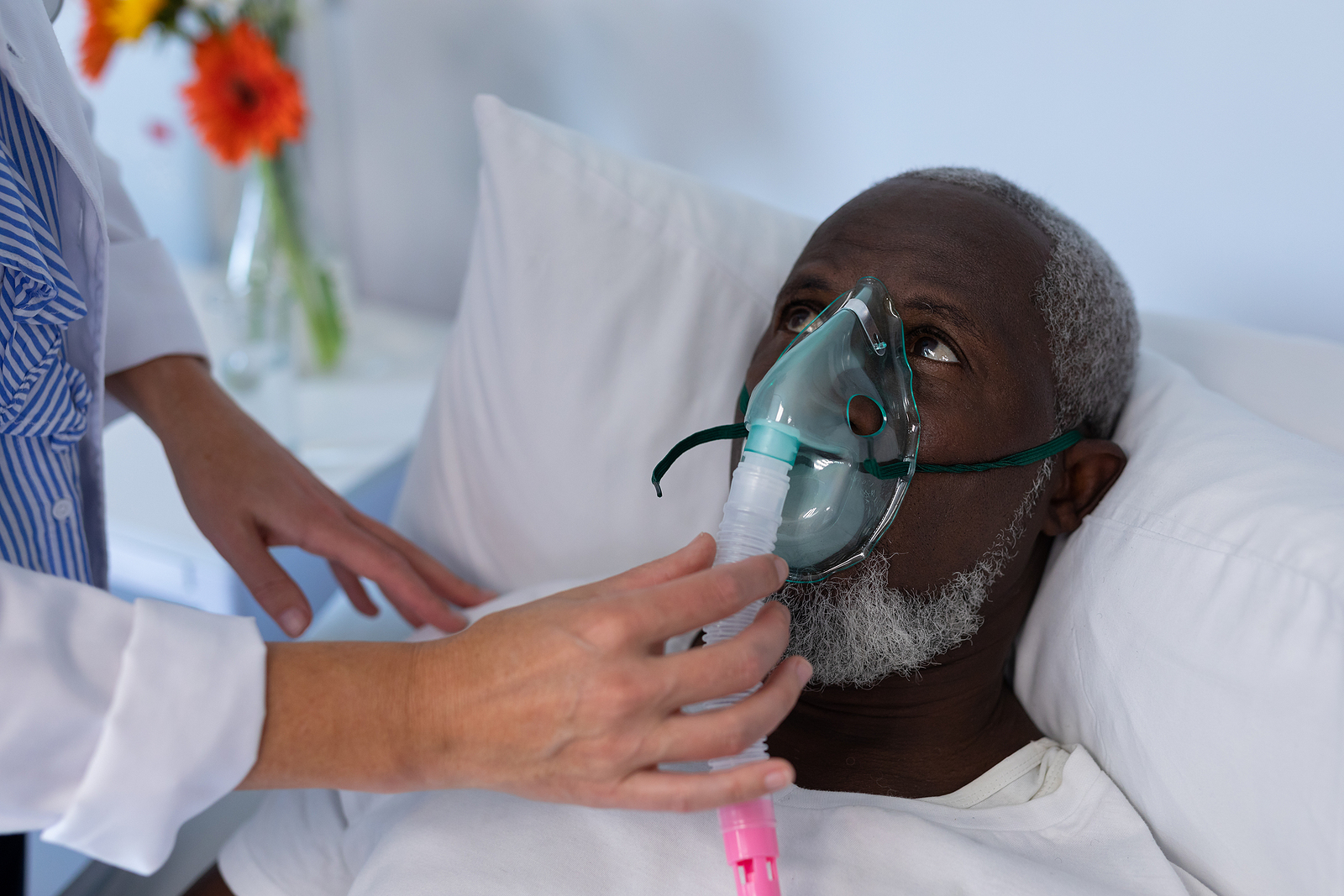Newsletter 2021
Newsletter April 2021: Sharing experiences and knowledge is the most important skill of a great leader – lessons from TEP
Mihai Botea – University of Oradea – Pelican Clinic Hospital, Romania
“If you want to teach someone you will not teach what you want, you will not teach what you know, you will teach what you are.” said the German doctor and philosopher Albert Schweitzer.
The Training Exchange Program could also take another dimension, that one besides personal skills development, the dimension of taking the know-how from the most advanced medical systems and setting trends in some other places.
I had the privilege to be awarded a TEP in 2020 and the last 3 months of this year were spent as a senior fellow at Barts Heart Centre in London, UK. Barts is one of the largest cardiac centres in Europe offering a wide range of specialist cardiology, cardiac, aortovascular and thoracic surgery treatments. St. Bartholomew’s Hospital is also known for having a history that goes back to the year 1123. I could honestly, tell you, that was the experience of my life. That experience dreamed finally came true. That experience to feel that great emotion that somebody is there unconditionally happy to share knowledge and offer support for your training. That somebody, calm enough in the most challenging situation in a cardiac surgery theatre and humble in the most successful moments, somebody who realise you wish to be. And suddenly you feel so lucky to find finally someone to inspire you. And Barts Hospital has many great consultants who are inspiring the trainees passing through the rotations there. I experienced a couple of months of intense professional development, a time during which I was focused on everything I could reach, every hour spent in the theatre or the ICU was again. During my time at Barts, I took advantage of all the educational opportunities available to trainees including weekly perioperative transoesophageal echocardiography (TOE) seminars, cardiac anaesthesia and ICU lectures and journal clubs.
Also, for a period of time, I immersed myself in a system-oriented on quality improvement, patient safety and standards to minimise patient harm. This is evidence-based medicine which is far removed from my experience in other medical systems. I felt a mixed emotion of concern and motivation. That motivation to improve quality by extracting the good aspects of the practice from those I met during my exchange.
So, this is your role as an ESA exchange fellow! You have to take the know-how and bring it home. You realise the greatness of the goal ahead. Changing mentalities, old-fashioned attitudes and switching to evidence-based and modern approaches could be the most difficult challenge.
It`s easy to be complacent once you reach a level of comfort, skills and familiarity in your daily practice. But those who have been lucky enough to benefit from training opportunities like the ESA exchange program, have to take an active role in improving patient outcomes in their own healthcare systems.
Towards the end of the fellowship, I decided to put down on the paper these few words whilst planning my return to Romania. I felt a little anxious and concerned about how to communicate my desire for change and improvement in my country. However, just before my departure from Barts Hospital, a few consultants were readily offering their willingness to organize a TOE and cardiothoracic anaesthesia teaching program in Romania. Isn`t that great!
It is about sharing knowledge, leadership and common sense in a world that sometimes feels more divided. I understood that knowledge and people willing to share it is the most powerful feature needed for a change! Our professional society will grow stronger when members are empowered with knowledge and when sharing this knowledge becomes second nature.
“Docendo discimus”, as Seneca said, means “Learn while you teach”. Romania needs to build a strong teaching community and to look for the positive impact of mentoring. Because mentorship is an incredible and powerful tool for growth. Whether you are the mentor or the mentee, the mentoring relationship can push your career to new heights. Medical communities that embrace mentoring are rewarded with higher levels of employee engagement, retention, knowledge sharing and better patient outcomes.
Mentoring is not a magic wand that automatically creates success. The truth is that effective mentoring takes effort, and creating successful mentoring relationships requires specific skills, sensibilities, and structure from both the mentor and the mentee. Success happens when both parties take responsibility for making it work.
A good mentor needs to be more than just a successful doctor. A good mentor must have the disposition and desire to develop other people. It requires a willingness to reflect on and share one’s own experiences, including one’s failures. Great mentors must be able to both “talk the talk” and “walk the walk.” This is what Romania needs. These are experiences learned outside, and returning to our countries, we are indebted to promote and to re-invests in the wellbeing and morale of our doctors.
Thank you ESAIC and Thank you Barts Hospital for opening a way to the light!
This article is dedicated to my tutors at Barts Hearts Centre, Dr Carlos Corredor, Dr Andrew Smith and Dr David Nagore to Dr Martin Lees clinical director of perioperative medicine and to Dr Claire Rathwell clinical lead for anaesthesia and to the whole Perioperative Medicine department.
Read our Monthly newsletter.
Read More of our special newsletter covering our virtual congress.
Visit our COVID-19 Resource Hub for other news and resources.











